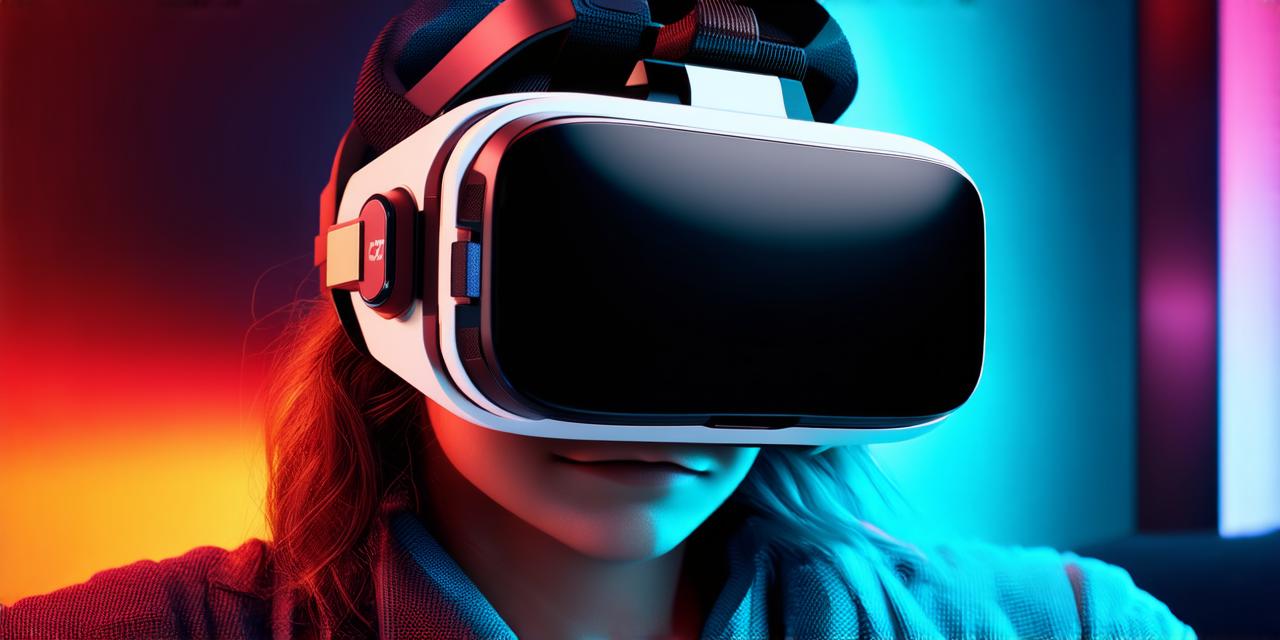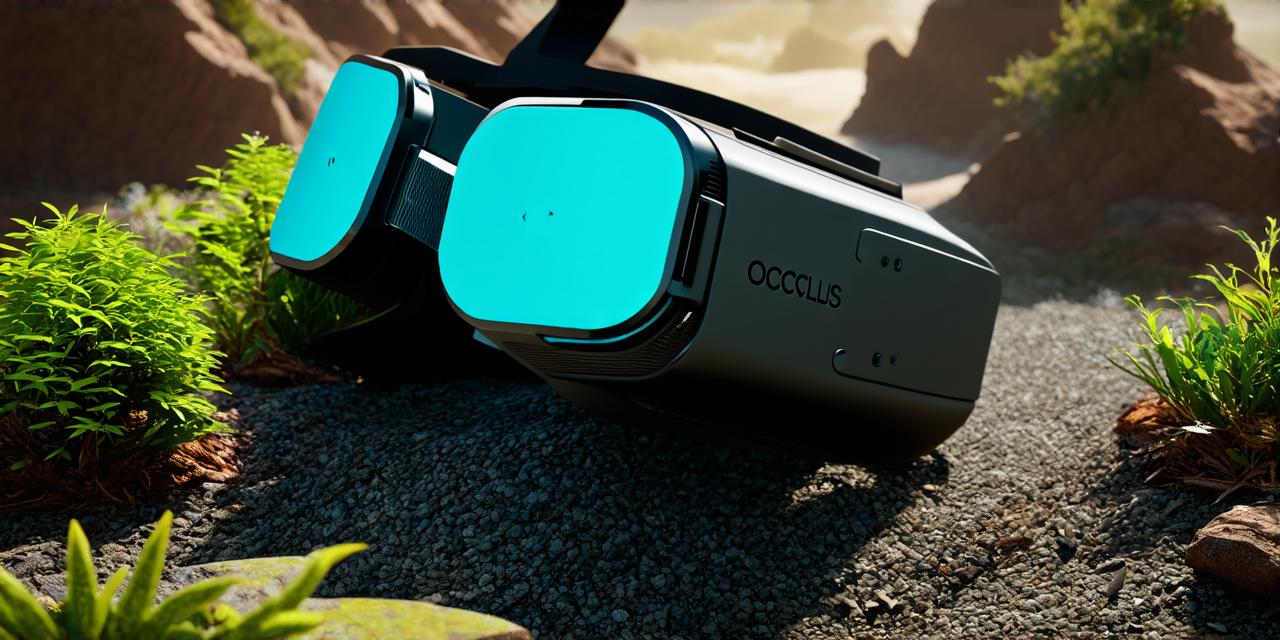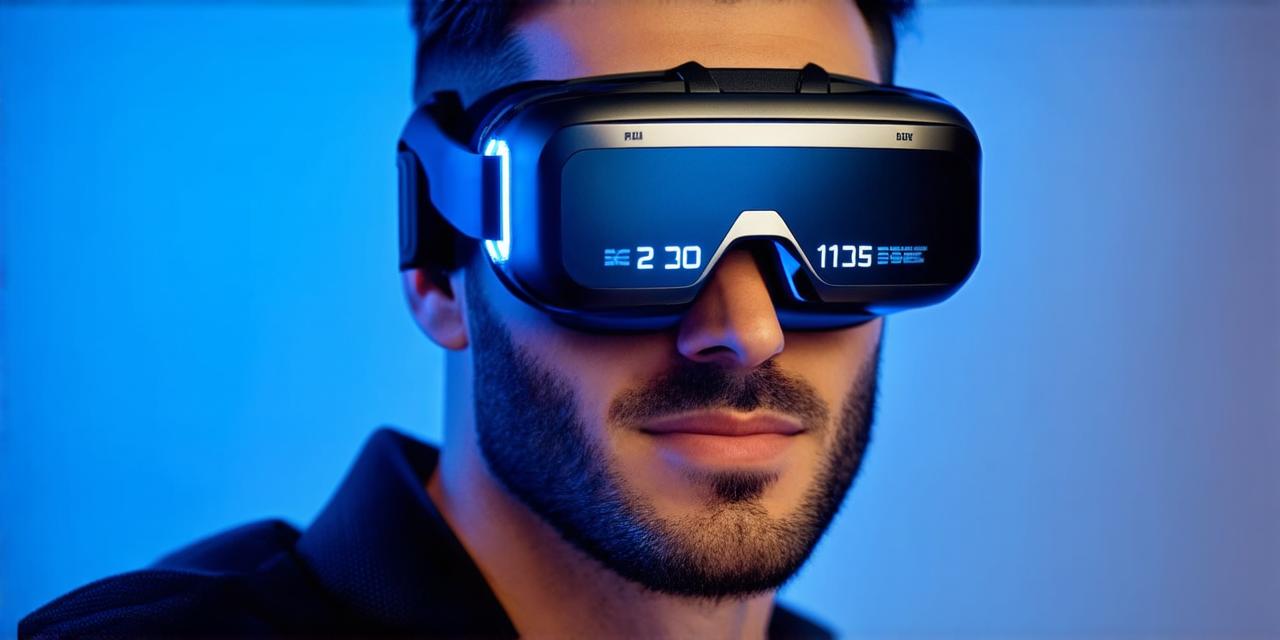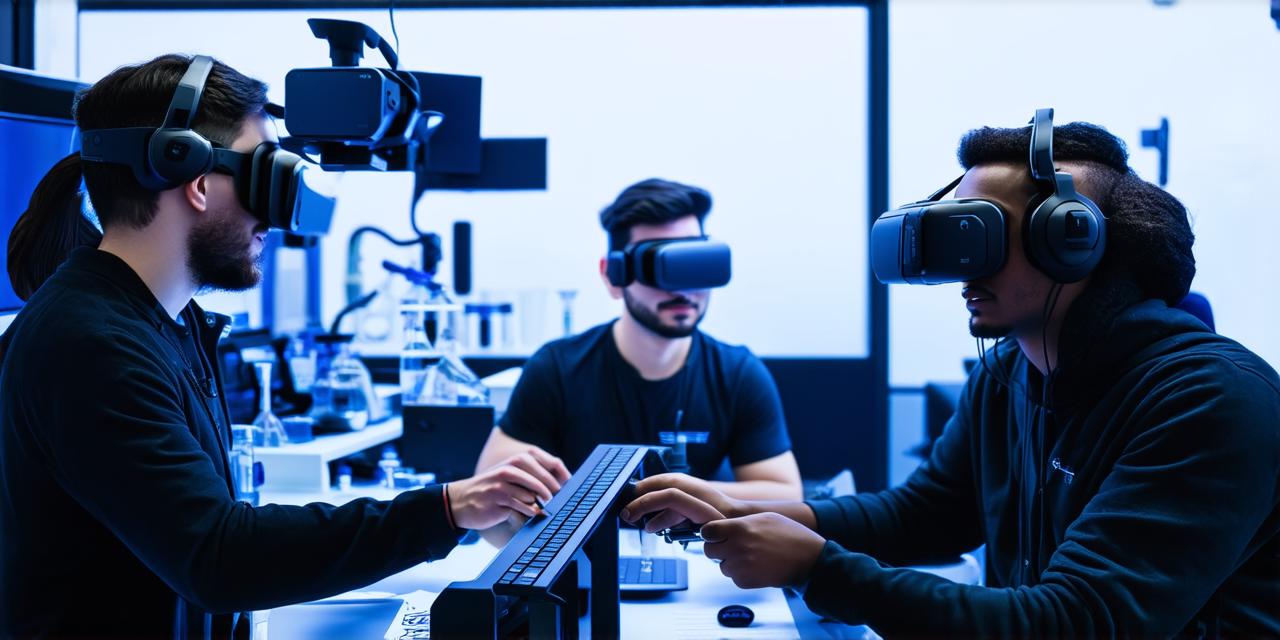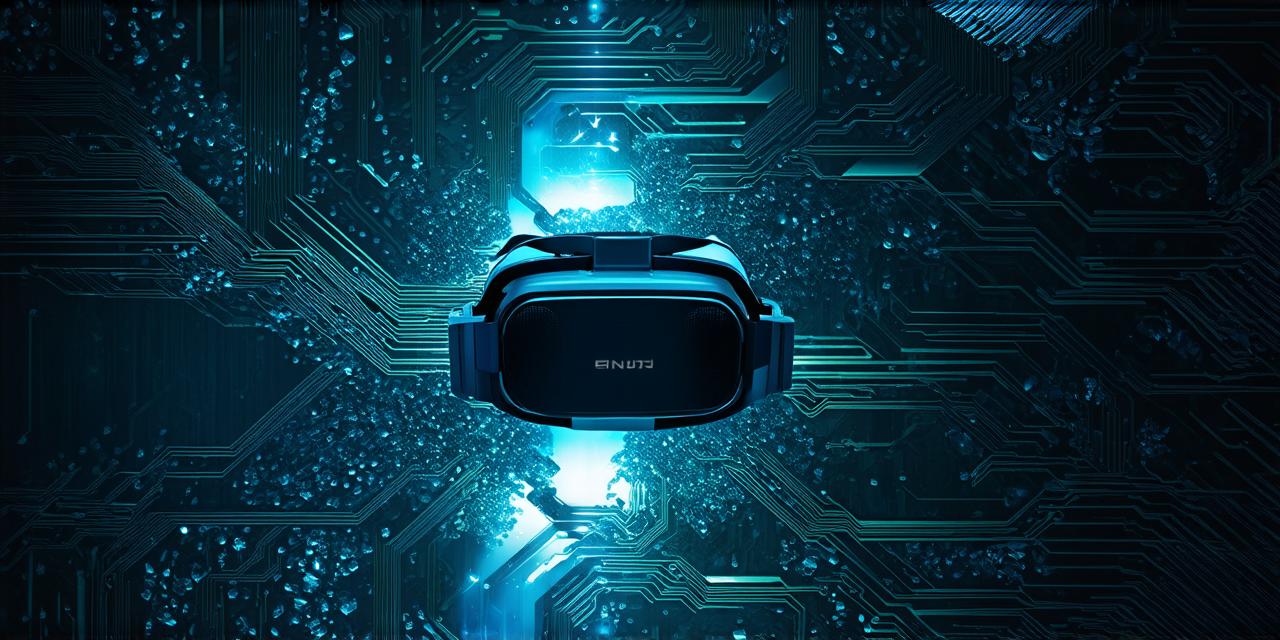As virtual reality technology continues to evolve, it is becoming increasingly important for developers to create immersive experiences that are both seamless and enjoyable.
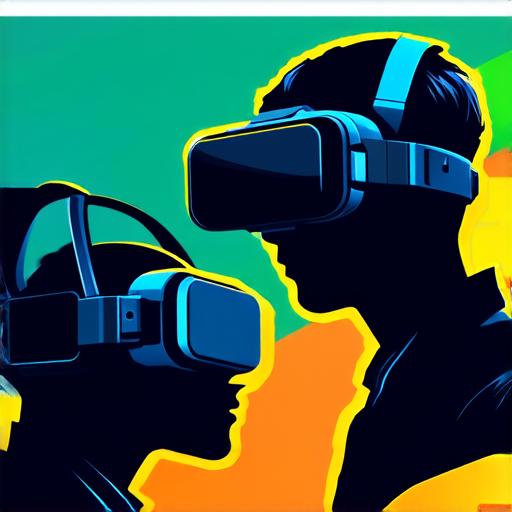
1. High-quality visuals
One of the most important aspects of virtual reality is the quality of the visuals. When users enter a virtual world, they expect to see high-quality graphics that accurately represent the real world. This includes not only the overall appearance of objects and environments, but also the lighting and textures.
To create realistic visuals, developers need to use advanced rendering techniques that can process large amounts of data quickly and efficiently. This can include techniques such as ray tracing, which simulates the way light behaves in a virtual environment, and texture mapping, which adds depth and detail to objects by applying different textures based on lighting conditions.
Additionally, developers need to ensure that their virtual environments are optimized for use on various devices and platforms. This includes testing the visuals on different hardware configurations and resolutions, as well as implementing features such as adaptive rendering, which adjusts the quality of the graphics based on the user’s device capabilities.
2. Intuitive controls
Another key feature of virtual reality is intuitive controls that allow users to interact with the environment in a natural and seamless way. This includes not only the movement and orientation of the user’s avatar, but also the ability to manipulate objects and perform actions within the virtual world.
To create intuitive controls, developers need to understand the user’s natural movements and gestures, and design controllers that allow them to interact with the environment in a way that feels natural and intuitive. This can include using motion capture technology to track the user’s movements, or implementing hand-tracking algorithms that can interpret the user’s gestures and translate them into actions within the virtual world.
Additionally, developers need to ensure that their controls are responsive and accurate, with minimal lag or latency. This is particularly important for activities such as combat or sports, where timing is critical. Developers also need to consider the user’s comfort when using the controls, and design them in a way that minimizes physical strain and discomfort.
Case study: Oculus Quest 2
One example of virtual reality technology that has successfully incorporated both high-quality visuals and intuitive controls is the Oculus Quest 2. The device features a resolution of 1832 x 1920 pixels per eye, which provides a high-resolution display that accurately represents the real world. It also uses hand-tracking technology to allow users to interact with the virtual environment in a natural and intuitive way.
The Oculus Quest 2 has been widely praised for its ease of use and accessibility, as well as its ability to provide a seamless and enjoyable virtual reality experience. The device is also highly versatile, with support for a wide range of content including games, movies, and educational experiences.
Personal experience: Virtual escape room
I recently had the opportunity to participate in a virtual escape room experience, which provided both high-quality visuals and intuitive controls. The experience was designed using advanced rendering techniques that created a highly realistic environment, with detailed textures and lighting that accurately represented the physical world.
The controls were also highly responsive and intuitive, allowing me to move my avatar and interact with objects in the virtual world in a way that felt natural and seamless. The experience was challenging but enjoyable, and I found myself completely immersed in the virtual environment.
Research: Virtual reality and mental health
Virtual reality technology has also been shown to have a positive impact on mental health. Studies have found that virtual reality can be used to treat a variety of conditions, including anxiety, depression, and PTSD.
One study published in the journal Frontiers in Psychology found that virtual reality exposure therapy was as effective as traditional in-person exposure therapy for treating social anxiety disorder. The study found that virtual reality exposure therapy was particularly useful for individuals who were unable to participate in in-person therapy due to geographic or logistical constraints.
Expert opinion: Dr. Richard Gipps, CEO of Virtual Speech Therapy
Dr. Richard Gipps, CEO of Virtual Speech Therapy, a company that specializes in using virtual reality technology to treat speech and language disorders, has this to say about the importance of high-quality visuals and intuitive controls:
“Virtual reality is a powerful tool for treating a wide range of conditions, but it’s important to ensure that the experience is both seamless and enjoyable. High-quality visuals and intuitive controls are crucial for creating an immersive and engaging experience that will help patients achieve their goals.”
FAQ: How does virtual reality technology work?
Virtual reality technology works by creating a simulated environment that the user can interact with using specialized devices such as headsets and controllers. The technology uses advanced rendering techniques to create highly realistic visuals, and motion capture or hand-tracking algorithms to allow the user to interact with the environment in a natural and intuitive way.
Summary: The importance of seamless and enjoyable virtual reality experiences
Virtual reality technology has the potential to transform a wide range of industries, from gaming and entertainment to healthcare and education. To ensure that virtual reality experiences are truly immersive and engaging, developers need to prioritize high-quality visuals and intuitive controls. By doing so, they can create virtual environments that are both seamless and enjoyable, and provide users with a truly transformative experience.
